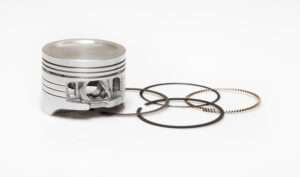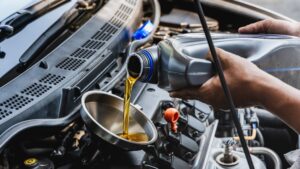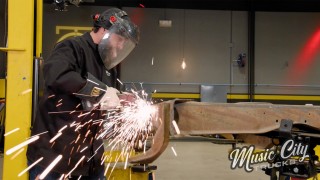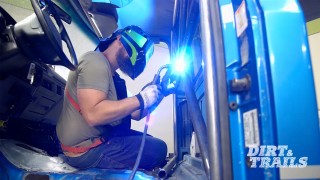When You Do And Do Not Need A Thermostat
When do you need to use a thermostat, when do you not, and what are the benefits of using a restrictor for racing applications? Engine Power hosts, Mike and Pat will run through the answers.
To start, what doe s a thermostat do? When the engine is cold, the thermostat is designed to block the flow of coolant from the engine to the radiator until the coolant is up to the thermostat’s temperature rating. At that point, the thermostat slowly starts to open allowing hot coolant to enter the radiator to cool off.
Most engine wear occurs when the engine is cold. So a thermostat aids in getting the engine temperature up faster to prevent cold wear. Keep in mind that changing a thermostat out to a cooler rating isn’t going to make your engine run cooler but instead, the thermostat is going to be open all the time at temperature allowing a steady rise in temperature until the engine eventually overheats. The only way to fix that is a better radiator or other cooling system components.
This demonstration shows you just how a thermostat works. All you need is a propane camping stove, a pot of water, a gauge to measure temperature, and a 160-degree thermostat.
Start by lighting the burner, then put on the pot of water and place the thermostat in it. This represents a warm-up from a cold start. With the thermostat closed, it’s allowing the coolant and engine to heat up. Once the water hits the thermostat’s temp rating it will slowly open which will let coolant enter the radiator. After the engine is shut off and the coolant loses heat, the thermostat slowly returns to its closed position.
When the Engine Power team runs an engine on the dyno they never run a thermostat in the water neck for a specific reason. The dyno takes care of the temperature control by a thermostatically controlled switch on the bottom of the cooling tank. Running a thermostat in this situation would restrict water flow and lead to inaccurate control over the temperature. And of course, temperature control is very important.
Specific size restrictors are available to tailor to your engine’s operating range and cooling system capacity. It impedes flow at a very specific rate to get the proper temperature for what your engine was designed to operate in. Any time you suspect a faulty thermostat, you can always test it by heating it in water until it reaches operating temperature.









